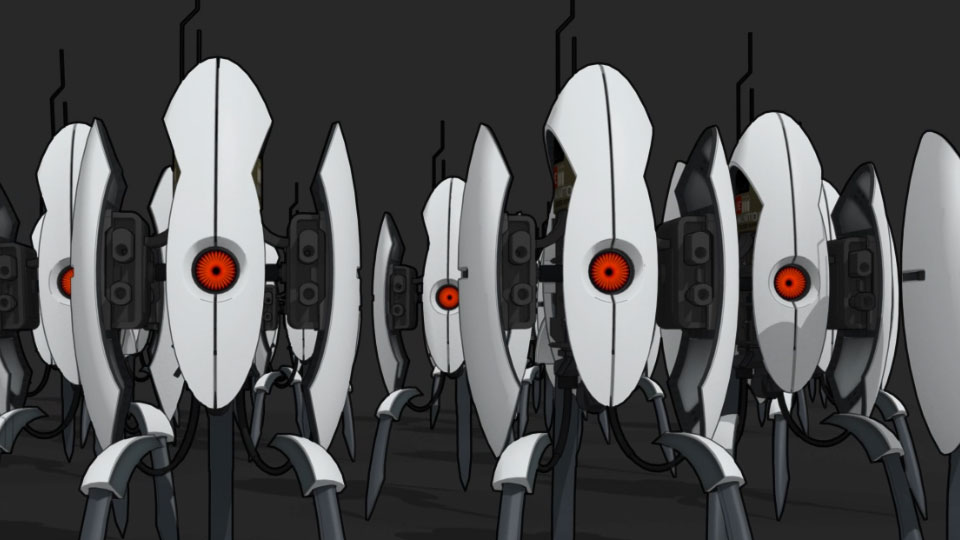How to keep your indie game’s branding consistent
Running your own indie studio is often likened to juggling. Rather than focussing on a single area consistently, you have to maintain all sorts of things at once – or in other words keep all the balls in the air. As such, you don’t often get time to plan things in advance, and have to come up with solutions and responses on the fly.
When you start a project ambitions are going to be high, but what can be more important for the consumer is that you be consistent. We all want to know what we can expect from a company when we interact with them and your customers aren’t any different.
To help maintain good consistency in your communications and brand activity it can be useful to construct some guidelines for yourself, Instead of taking these customer interactions as they come. There are a few benefits to this, but the main one is to ensure a clear, consistent brand personality. Remember that a brand isn’t a logo, but their opinion of you based on the sum of any direct or indirect experiences a customer will have of you.
Make an excel table and write down the following things:
Where they will come into contact with you?
These may include seeing one of your ads (press, trailer, paid ads etc.), talking to you on social media, receiving an email or dealing with you in a customer service situation. Write these down in column A, so that each situation has it’s own row (A1, A2, A3 etc.)
What would you want to experience?
This is column B. You are a consumer and most likely play games yourself. So what would you like to experience? Don’t worry about being reasonable at this point. Go wild if you want. So for instance what would be the perfect trailer experience? What would be the perfect customer service experience?
What would they want to experience?
This is column C. If you think you are similar to your consumers don’t worry about this, you can just use your answers in column B. If you are different, however, this could be important. For example, you may be a 22 year old guy, but making games for 35 year old moms to play with their young children. Again, this is wildest dreams of the perfect company.
What can you reasonably deliver them?
This is column D. This is where you have to wear your rational hat. You are going to be very busy with lots of stuff going on. Take the important parts of column B and C, but bring them down to earth. So say your perfect customer experience in column B was receiving ten million pounds. Obviously you can’t deliver this, but maybe you could give them a free game code.
How can you save time?
This is column E. Take what you have said in column D, but think of ways you can make the process easier. Maybe you can design a rough email template to give yourself a guide when you hit that situation – especially helpful for when you might be a bit stressed out!
How do you add your personality?
This is column F, and the little bit of secret sauce. Maybe there is something you can do slightly different than anyone else. For example, the maker of a fantasy game might word the response as if it was delivered by a goblin. What’s your thing?
This is how we do things
Once you have these boxes filled, draw your conclusions from it. It should give you a good and reasonable guide for yourself in how to act in different situations. Save the file somewhere and refer back to it every now and then.
Summary
Brand consistency is important and this approach can make sure that you attain it. Of course, you will learn new things as you will go along and it’s important to have a certain amount of flexibility. Feel free to add to it as you go, but try to not make any dramatic changes.
As always, we are more than happy to answer any comments or questions below!

Pingback: Marketing and Brand Management for Indie Games | IndieCity Blog
This is a great summary for developers looking to get something going with their branding. It does take some time trying to figure out exactly what you want to do and how to get your work out there so people can understand and like what you’re trying to do. I’m going through a re-branding myself as a marketing consultant for indie game developers and a productivity coach.